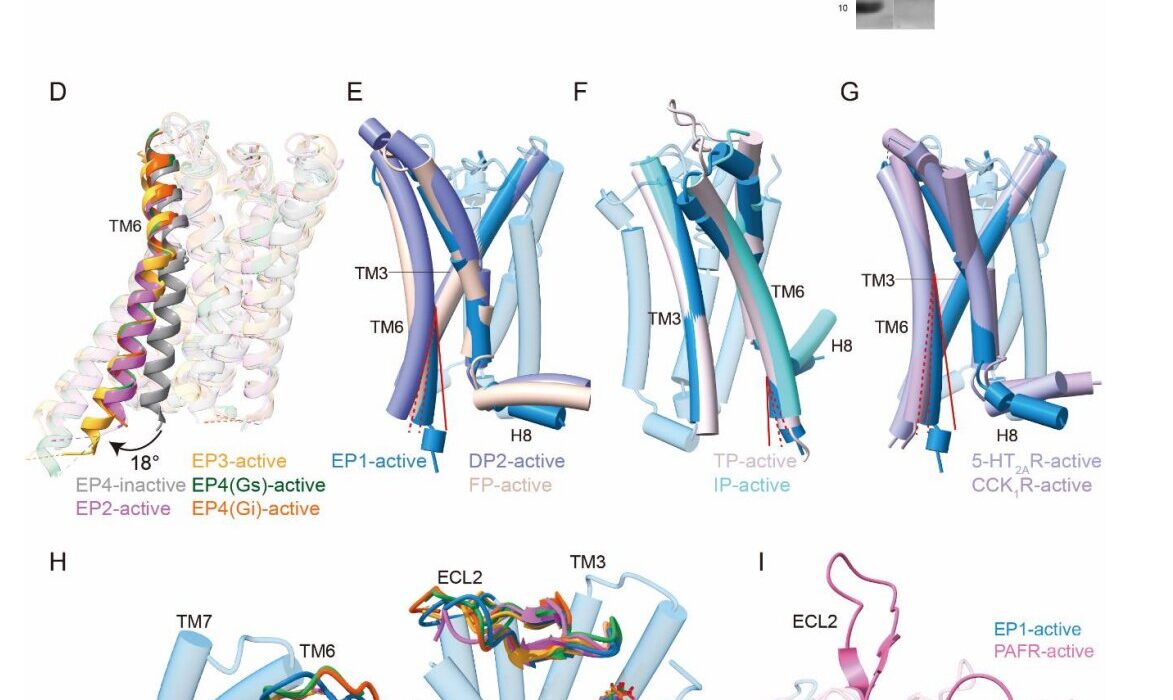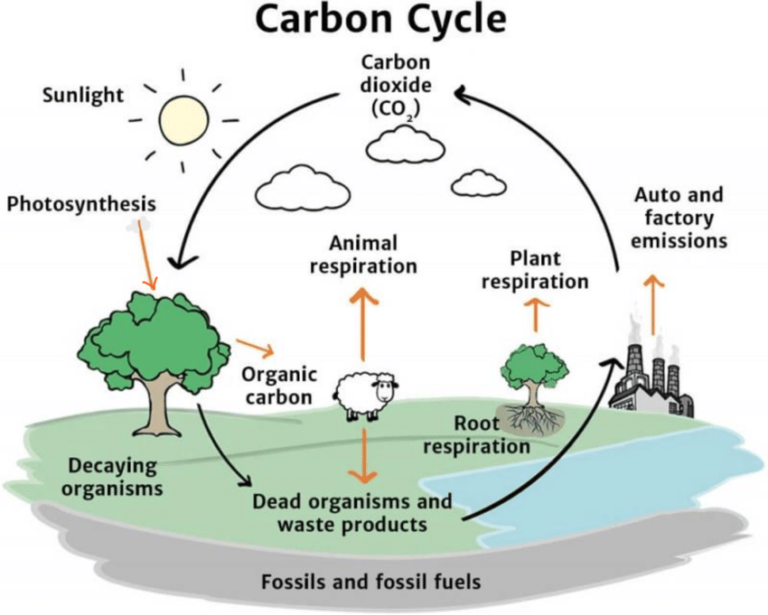Imagine facing a future where your world gradually fades into darkness—a slow, relentless decline in vision that no eye drops, surgery, or laser treatment can fully halt. This is the stark reality for millions of people diagnosed with glaucoma, one of the leading causes of irreversible blindness worldwide. But a team of researchers at Sweden’s Karolinska Institutet may have just illuminated a new path forward. Their latest discovery, published in Cell Reports Medicine, reveals that a simple vitamin supplement might significantly slow, or even stop, the destruction of the optic nerve—an insight that is already being tested in human clinical trials.
Glaucoma: The Silent Thief of Sight
Glaucoma isn’t just one disease—it’s a group of eye conditions that all lead to progressive damage of the optic nerve, the crucial cable that connects the eye to the brain. Over time, the damage becomes permanent, leading to tunnel vision and, eventually, total blindness. The most common trigger is increased intraocular pressure (IOP), caused by fluid buildup in the eye. Traditional treatments—medicated eye drops, laser therapy, or surgery—focus on lowering this pressure. Yet, the results are frustratingly inconsistent. Some patients still lose their vision even when eye pressure is under control.
For years, scientists have searched for deeper causes of optic nerve degeneration—molecular and metabolic culprits that might be influencing, or even driving, the disease from within. Among the suspects was homocysteine, a naturally occurring amino acid linked to cardiovascular and neurological conditions when elevated in the blood. It had long been theorized that homocysteine might be contributing to glaucoma progression. But a deeper dive into the biochemistry of the disease is now telling a different story.
Homocysteine: Not the Villain We Thought
In their multifaceted investigation, the Karolinska Institutet researchers explored the role of homocysteine in both animal models and human patients. They induced high homocysteine levels in rats with glaucoma—expecting the disease to worsen—but to their surprise, it didn’t. Furthermore, when they looked at blood samples from glaucoma patients, they found no connection between homocysteine levels and how rapidly the disease advanced. Nor did people with genetic predispositions to elevated homocysteine have a higher risk of developing glaucoma.
These findings turned a long-standing theory on its head: homocysteine isn’t a driver of glaucoma, but a consequence. It’s like smoke from a fire—not the cause, but a symptom of the underlying damage.
A Deeper Look at Retinal Metabolism
If homocysteine isn’t to blame, what is? The researchers turned their focus to what its abnormal levels might be telling us about the eye’s inner workings. They examined the metabolic pathways that produce and recycle homocysteine, especially in the retina—the light-sensitive tissue at the back of the eye—and discovered something critical. In both rodents and humans with glaucoma, the retina’s metabolism showed signs of slowing down.
More specifically, the retina appeared to struggle with using certain essential vitamins. This impairment meant that the cells were starved of the compounds they needed to function properly and defend themselves. It was a subtle metabolic derailment, but one with enormous consequences: the optic nerve was suffering, not simply from pressure, but from a local breakdown in energy and cellular maintenance.
Vitamins B6, B9, B12, and Choline: Cellular Superheroes
Armed with this insight, the researchers developed a clever intervention: they would feed the failing retina the very nutrients it seemed unable to access on its own. They focused on four key molecules—vitamin B6, vitamin B9 (folate), vitamin B12, and choline. These substances are intimately involved in homocysteine metabolism and cellular energy processes. In healthy cells, they help ensure DNA repair, nerve function, and energy production. But in the struggling retina, their function appeared impaired—either underutilized or insufficiently supplied.
When the researchers administered this vitamin cocktail to mice and rats with glaucoma, the results were nothing short of remarkable. In mice with slower-progressing disease, optic nerve damage completely stopped. In rats with a more aggressive, fast-moving form of glaucoma, the progression was significantly slowed.
Even more striking? These results occurred without lowering the intraocular pressure. That is, the treatment worked via a completely different mechanism—addressing the underlying metabolic dysfunction rather than simply reducing pressure.
A Groundbreaking Shift in Glaucoma Therapy
This finding is potentially game-changing. It suggests that glaucoma isn’t just a mechanical problem of fluid and pressure—it’s also a metabolic disease of the retina. And if that’s the case, then targeting the eye’s energy systems and nutrient pathways could be just as important as lowering pressure.
Co-lead researcher James Tribble, assistant professor at Karolinska’s Department of Clinical Neuroscience, explained:
“Our conclusion is that homocysteine is a bystander in the disease process, not a player. Altered homocysteine levels may reveal that the retina has lost its ability to use certain vitamins that are necessary to maintain healthy metabolism. That’s why we wanted to investigate whether supplements of these vitamins could protect the retina.”
Their approach doesn’t cure glaucoma, but it may add an entirely new weapon to the arsenal—one that acts upstream of visible damage, giving the retina and optic nerve a chance to protect and repair themselves.
From Laboratory to Clinic: A Human Trial Begins
The team’s excitement isn’t just theoretical. Based on the success in animal models, a clinical trial is already underway at St. Erik Eye Hospital in Stockholm. The trial includes patients with both primary open-angle glaucoma (which tends to progress slowly) and pseudoexfoliation glaucoma (a more aggressive form). If results in humans reflect those in mice and rats, this could signal the beginning of a paradigm shift in how glaucoma is treated.
This trial marks one of the first serious attempts to intervene in glaucoma not by manipulating pressure, but by restoring metabolic health to the eye. The idea is simple yet powerful: instead of just relieving the symptoms, fix the environment that allows damage to take hold in the first place.
The Science Behind the Supplement: Why These Vitamins Matter
Each component of the vitamin cocktail plays a specific role:
- Vitamin B6 (Pyridoxine): Involved in over 100 enzymatic reactions, including neurotransmitter synthesis and immune function. It helps convert homocysteine into cysteine, a safer compound.
- Vitamin B9 (Folate): Crucial for DNA synthesis and repair. It also participates in converting homocysteine into methionine, an amino acid needed for many bodily functions.
- Vitamin B12 (Cobalamin): Works with folate to help regulate DNA and maintain nerve health. A deficiency can cause neurological and retinal damage.
- Choline: Often grouped with B vitamins, choline is essential for producing acetylcholine (a neurotransmitter) and maintaining cell membrane integrity.
Together, these nutrients power the “one-carbon metabolism” pathway, a biochemical highway central to cell repair, detoxification, and energy production. If this pathway falters—as it appears to do in glaucoma—the retinal cells lose their ability to keep up with wear and tear. Supplementing these vitamins essentially gives the retina a biochemical tune-up.
Could This Approach Help Other Eye Diseases?
The implications of this research may reach far beyond glaucoma. Many neurodegenerative diseases—both inside and outside the eye—are influenced by metabolic dysfunction. Age-related macular degeneration (AMD), diabetic retinopathy, and even Alzheimer’s disease share some of the same biochemical hallmarks: oxidative stress, impaired mitochondrial function, and nutrient deficiencies. If B-vitamin supplementation can protect retinal neurons in glaucoma, could similar strategies benefit other conditions too?
It’s a tantalizing possibility that researchers are eager to explore. With growing interest in “neuro-nutrition” and metabolic therapies, the line between diet and medicine is becoming increasingly blurred—especially in the realm of chronic diseases like glaucoma.
A Gentle but Powerful Alternative
One of the most attractive aspects of the vitamin approach is its safety and accessibility. Unlike invasive surgeries or potent medications with serious side effects, these supplements are generally well tolerated, inexpensive, and already widely available. If proven effective, they could be deployed early in the disease course, even before serious damage occurs. That’s a significant contrast to current treatments, which often come into play only after vision loss is well underway.
It also offers hope to patients for whom traditional treatments have failed. While not a replacement for pressure-lowering therapies, vitamin supplementation could become a valuable adjunct, especially for those at high risk of progression.
Looking Ahead: A Brighter Future for Glaucoma Patients
Glaucoma has long been regarded as an irreversible sentence—a slow, unstoppable march toward darkness. But the research emerging from Karolinska Institutet offers a more hopeful outlook. By targeting the root metabolic imbalances in the retina, rather than just managing symptoms, scientists may have uncovered a new strategy that empowers the eye to protect itself.
As the clinical trial in Stockholm progresses, the global medical community will be watching closely. If the results echo those seen in animals, it won’t be long before eye clinics around the world start recommending something as simple as a daily supplement to fight one of the most devastating diseases of vision.
This new frontier in glaucoma therapy blends the best of modern science with the wisdom of nature: sometimes, the key to healing isn’t a complex drug or laser—it’s giving the body the tools it needs to heal itself.
Reference: James Tribble, et al. Dysfunctional one-carbon metabolism identifies vitamins B6, B9, B12, and choline as neuroprotective in glaucoma, Cell Reports Medicine (2025). DOI: 10.1016/j.xcrm.2025.102127. www.cell.com/cell-reports-medi … 2666-3791(25)00200-9






